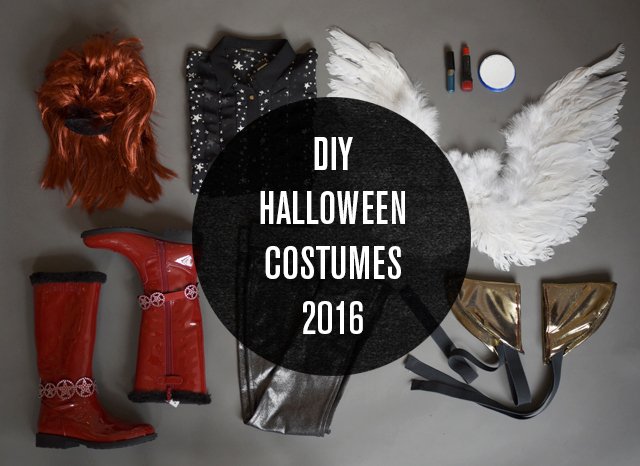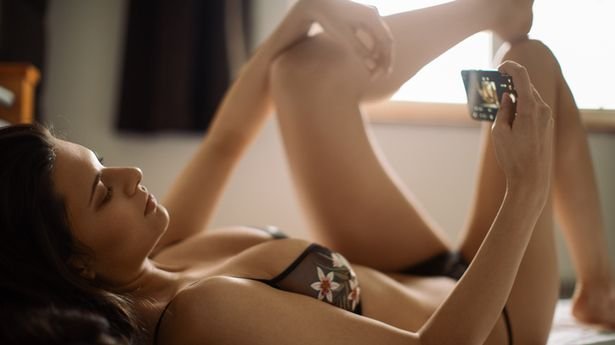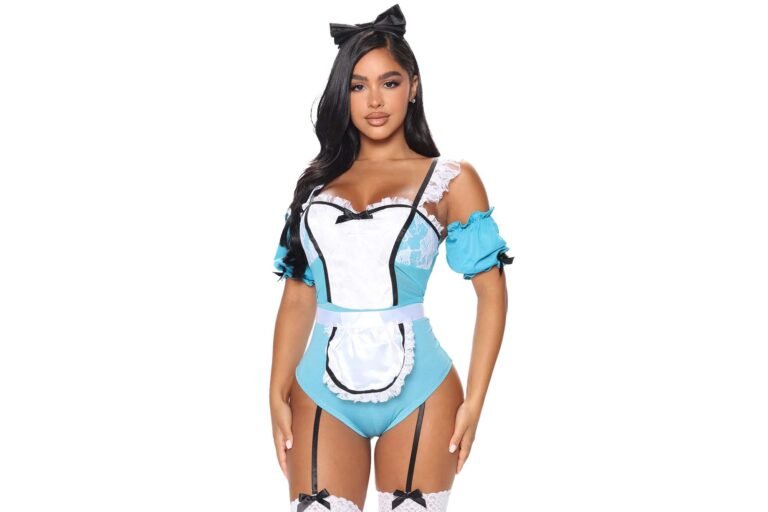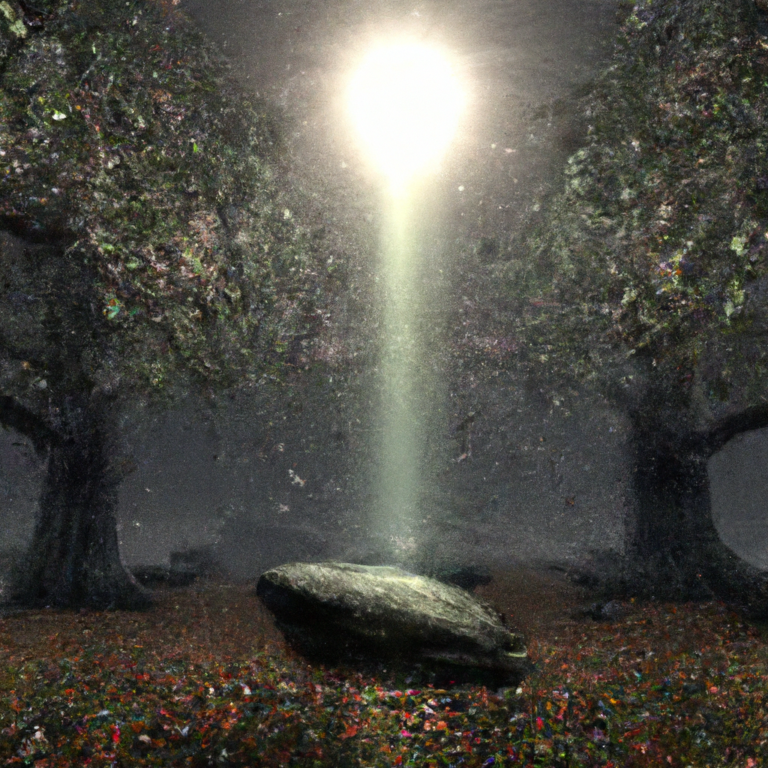Step-by-Step Guide to Making Your Own Halloween Costume
So, Halloween is just around the corner and you’re looking to stand out from the crowd with a totally unique, one-of-a-kind costume that screams creativity. But, you’re not quite sure where to start or how to bring your vision to life. Well, fret not, my friend, because this step-by-step guide is here to rescue you from the Halloween costume dilemma. Whether you’re a crafting novice or a seasoned DIY enthusiast, we’ve got you covered with everything you need to know to create your own show-stopping Halloween ensemble. From brainstorming ideas to finding materials and putting it all together, we’ll walk you through each stage of the process, ensuring that you have a fun and stress-free experience while bringing your Halloween costume dreams to life. Let’s get started, shall we?

This image is property of thisisladyland.com.
Choosing a Costume Idea
When it comes to choosing a Halloween costume, it’s important to start by considering your own interests and hobbies. Think about what you enjoy doing or what you’re passionate about. This can be a great source of inspiration for finding a costume idea that suits you. For example, if you love music, you could consider dressing up as your favorite musician or a character from a music video. If you’re a book lover, you could dress up as a character from your favorite novel.
Brainstorming popular Halloween themes is another helpful way to come up with costume ideas. Think about the classic Halloween symbols like witches, ghosts, vampires, and zombies. These themes are always popular and offer a wide range of costume options. You can also consider current trends and popular culture references. Is there a popular TV show or movie that you’re a fan of? Incorporating elements from these themes can make your costume timely and relevant.
Looking for inspiration online or in magazines can be a great way to get ideas flowing. Spend some time browsing costume websites, checking out Halloween-related hashtags on social media, or flipping through magazines. You never know what might catch your eye and spark a creative idea. Pinterest can also be a helpful tool for finding costume inspiration, as you can search for specific themes or characters and save images for reference.
In addition to considering your interests and popular themes, it’s important to factor in your budget and time constraints when choosing a costume. If you have a limited budget, you may need to get creative and find ways to make a costume using items you already have or by repurposing thrift store finds. On the other hand, if you have a bigger budget, you may have more flexibility in terms of purchasing materials or accessories. Consider how much time you have available to dedicate to the costume-making process. Some costumes may require more time and effort than others, so it’s important to choose a costume idea that aligns with your available resources.
Ultimately, the most important aspect of choosing a Halloween costume is finding one that suits your personality. Whether you want to be funny, scary, glamorous, or creative, it’s crucial that your costume reflects who you are. Choose a costume that you feel comfortable wearing and that allows you to showcase your individuality. Remember, Halloween is all about having fun and expressing yourself, so don’t be afraid to go all out and choose a costume that truly represents you.
Gathering Materials and Supplies
Once you’ve chosen a costume idea, it’s time to gather the materials and supplies you’ll need to bring your vision to life. Start by making a list of the materials needed for your chosen costume. This will help you stay organized and ensure that you don’t forget anything. Think about the fabric, accessories, props, and any other materials you’ll need to create your costume.
Next, take a look at your existing wardrobe and see if there are any items you can repurpose for your costume. Sometimes you may already have pieces that can work as a base for your costume, saving you time and money. For example, if you’re planning to dress up as a pirate, you might have a striped shirt and a pair of black pants that can serve as the foundation for your costume. Be creative and think outside the box when considering what items you already own that could be incorporated into your costume.
Visiting local thrift stores or costume shops can be a great way to find affordable accessories or unique pieces that can add the perfect finishing touch to your costume. Thrift stores often have a wide variety of clothing items, accessories, and even props that can be repurposed for Halloween costumes. Costume shops, on the other hand, specialize in providing everything you need to create a specific look. These stores may have a wide range of costume accessories, makeup, wigs, and more that can help take your costume to the next level.
If you can’t find certain materials or accessories locally, you may need to order them online. Many websites offer a wide variety of costume supplies, fabrics, and accessories that can be delivered right to your door. Make sure to read reviews and check the estimated delivery times to ensure that the materials will arrive in time for you to start creating your costume.
It’s also important to gather all the necessary crafting supplies before you begin making your costume. Depending on your chosen costume, you may need items like scissors, glue, fabric, paint, brushes, stencils, or sewing supplies. Taking the time to gather all your supplies before you start will help ensure a smooth and efficient costume-making process.
Taking Accurate Measurements
Taking accurate measurements is a crucial step in the costume-making process, as it ensures that your costume will fit properly and look the way you intended. Start by measuring your body dimensions to determine the overall size of your costume. This includes measuring your height, chest/bust, waist, hips, and inseam. These measurements will help you choose the right size patterns or create your own templates for the costume base.
In addition to body measurements, you may also need to take specific measurements for costume details. For example, if you’re making a flowing cape, you’ll need to measure its length from your shoulders to the desired hemline. If you’re creating a mask, you’ll need to measure the width and height of your face to ensure a comfortable fit. Use a flexible measuring tape for the most accurate results and make sure to write down all the measurements so you can refer to them throughout the costume-making process.
If you’re unsure about how to take certain measurements or if you’re having difficulty doing it on your own, don’t hesitate to seek help from a friend or family member. Sometimes having an extra set of hands can make the process easier and ensure more accurate measurements.
Creating a Costume Sketch or Template
Before you start constructing your costume, it can be helpful to create a costume sketch or template. This will give you a visual representation of your ideas and help guide you throughout the construction process. Start by deciding on the overall design and look of your costume. Are you going for a classic or contemporary look? What colors, patterns, or accessories do you want to incorporate? Consider all these elements and sketch out your ideas on paper or use a digital design software if you prefer.
Include as many details as possible in your sketch or template, such as color schemes, patterns, and specific accessories. This will help you stay focused and ensure that you’re on track with your vision. If you’re planning to create specific costume pieces, like armor or a headpiece, consider creating a separate template to use as a guide. A template can be as simple as an outline of the shape or as detailed as a full pattern with measurements.
As you progress in the costume-making process, don’t be afraid to make adjustments to your sketch or template as needed. Sometimes new ideas or practical considerations may arise that require you to modify your original design. Stay flexible and open to changes that will enhance the overall look and functionality of your costume.

This image is property of s.abcnews.com.
Constructing Costume Base
The costume base forms the foundation of your costume and is responsible for its overall shape and structure. The first step in constructing the base is to determine the type of garment or structure that will best represent your costume idea. For example, if you’re creating a superhero costume, you may need to make or modify a jumpsuit. If you’re making a medieval-inspired costume, you might opt for a tunic or dress.
Once you’ve decided on the base, it’s time to select the appropriate fabric or materials. Consider the texture, weight, and color of the fabric, as well as its durability and drape. You may need to do some research or consult with an expert to ensure that you choose the right fabric for your costume. Be mindful of your budget and time constraints when making this decision, as certain fabrics may be more expensive or require special care.
After selecting the fabric, take measurements of your body and use your templates to cut the fabric according to the desired shape. Make sure to leave extra fabric for seams and adjustments. If you’re making a garment, sew or glue the fabric pieces together, following the instructions or your own expertise. For other structures, like armor or props, follow your templates to create the desired shape using appropriate materials and techniques.
Once the base is constructed, try it on to ensure a proper fit. Pay attention to how it looks and feels when worn and make any necessary adjustments. This may involve taking in or letting out seams, shortening or lengthening certain areas, or adding elastic or closures for a more comfortable fit. The goal is to have a costume base that fits well and allows for easy movement and mobility.
Adding Costume Details
Now that you have the costume base, it’s time to add the details that will bring your costume to life. Refer to your sketch or template to guide you in adding the specific elements that make your costume unique. This may involve creating or gathering additional costume elements such as a cape, hat, or mask.
Consider the materials you’ll need for these details. Depending on the complexity of your design, you may need fabric, foam, cardboard, wire, or other materials to create the desired effects. Use appropriate techniques like sewing, glue, or other crafting methods to attach these details to the costume base. Make sure the attachments are secure and won’t easily come loose during wear.
Pay close attention to the small details that will enhance the overall look of your costume. These can include buttons, zippers, trim, or other embellishments that add depth and character to the costume. Use your creative flair to make these details unique and eye-catching. Remember, it’s the details that can set your costume apart from others and make it truly stand out.
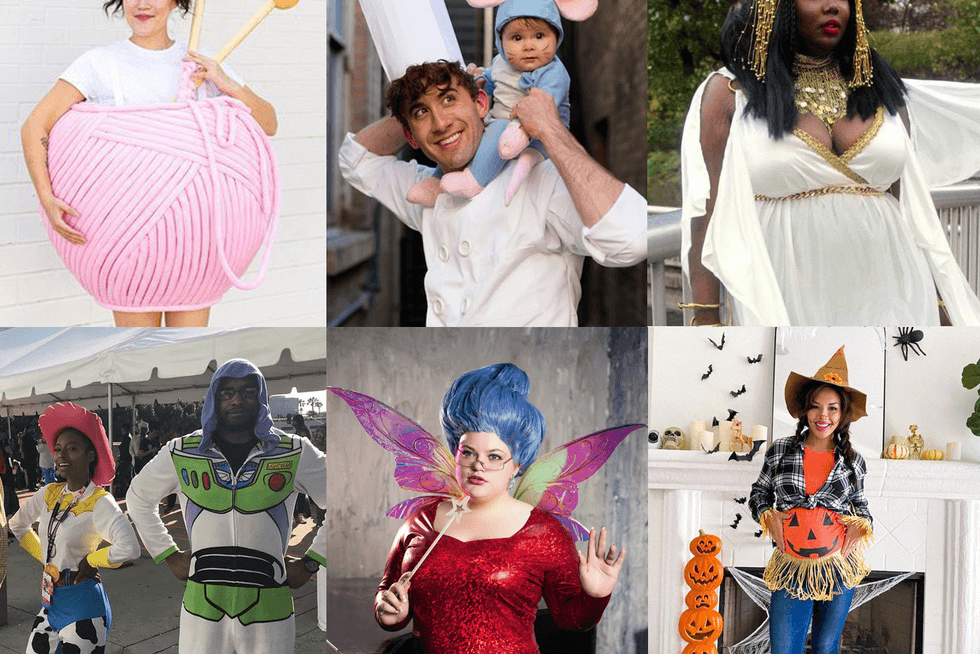
This image is property of images.immediate.co.uk.
Painting and Decorating
If your costume requires specific colors or patterns, it’s time to bring them to life through painting and decorating. Decide on the desired colors and patterns based on your sketch or template. Purchase fabric paint, markers, or other suitable materials that will adhere to your chosen fabric or materials.
Use brushes, stencils, or freehand techniques to apply paint or designs to your costume. Take your time and be patient, allowing each layer to dry before adding the next. This will help prevent smudging or smearing of the paint. If you’re using stencils, make sure they are secured firmly to the fabric to prevent bleeding. Experiment with different techniques and materials to achieve the desired effect.
In addition to painting, consider adding any additional decorations like glitter, sequins, or other embellishments. These can add a touch of sparkle or glamour to your costume, making it even more eye-catching. Again, take your time with these additions, ensuring that each one is securely attached and won’t easily come off during wear.
Adding Finishing Touches
Once you’ve completed the main construction and decoration of your costume, it’s time to try it on and assess any final adjustments needed. Put on the complete costume, including all the pieces you’ve created or gathered. Pay close attention to the fit, making sure all seams, attachments, and closures are secure. If you notice any areas that need fixing or tweaking, make the necessary adjustments to ensure a polished final result.
Consider adding accessories like wigs, makeup, or props to complete the look of your costume. These additional elements can help enhance the overall theme or character you’re portraying. For example, if you’re dressing up as a witch, a pointed hat, broomstick, and green makeup can add the perfect finishing touches. Coordinate your footwear with the costume theme as well, as the right shoes can greatly contribute to the overall look and feel.
Don’t forget to pay attention to small details like jewelry, belts, or gloves. These accessories can add an extra layer of authenticity to your costume and help tie everything together. Look for items you already own or consider making your own using crafting techniques like beading or sewing. The goal is to ensure that every aspect of your costume reflects the character or theme you’re portraying.

This image is property of fashionangelwarrior.com.
Tailoring the Costume for Comfort
Creating a costume is not just about the visual appearance, but also about ensuring comfort during wear. A costume that is too tight, too loose, or made of uncomfortable materials can be distracting and limit your ability to fully enjoy Halloween festivities. Make sure the costume allows for easy movement and mobility, especially if you’ll be wearing it for an extended period of time.
Consider adding elastic or adjustable closures to parts of the costume that may need some flexibility or give. This can help ensure a comfortable fit and allow for adjustments as needed. Avoid sharp or restrictive materials that may cause discomfort, especially in areas like the waist, neck, or ankles. Take the time to test the costume by walking, sitting, and performing various movements to ensure that it allows for easy and natural movement.
If you notice any areas of discomfort or restriction, make any necessary modifications to enhance comfort. This may involve removing or altering certain elements of the costume, or making additional adjustments to the fit. The goal is to have a costume that not only looks great but also feels great to wear.
Adding Individual Flair and Personality
Lastly, don’t forget to add your own individual flair and personality to your costume. While it’s important to stay true to the character or theme you’re portraying, adding personal touches can make your costume even more special. Consider incorporating elements that reflect your own personality or interests into the design.
This could be something as simple as a favorite color, a special accessory, or a small detail that has personal significance to you. How about incorporating an inside joke or a reference that only you and your friends or family will understand? These personal touches can make your costume unique and memorable, and they’ll also make you feel a stronger connection to your creation.
Don’t be afraid to showcase your individuality and have fun with your costume. The beauty of making your own Halloween costume is that you have the freedom to let your creativity soar. Embrace the opportunity to express yourself and create a costume that truly represents who you are. Remember, Halloween is a time to let loose, have fun, and be whoever or whatever you want to be.
